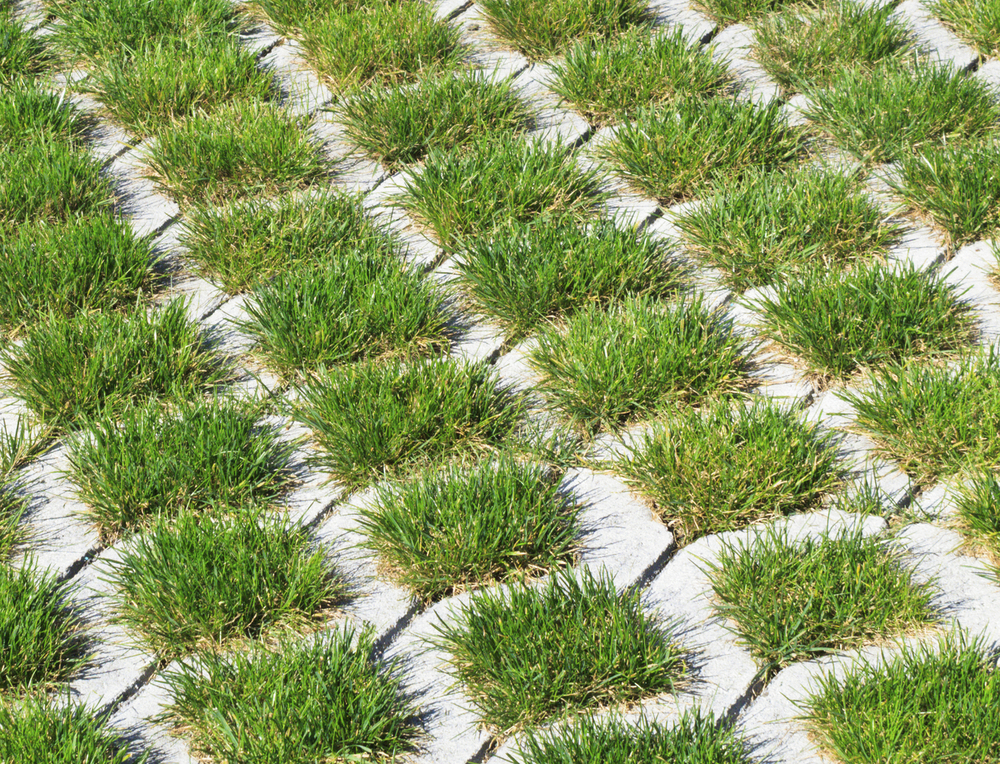Scientists at Southeastern Louisiana University (Mandeville, La.) are using a relatively low-tech way of imitating natural marshland to help treat freshwater ponds contaminated by stormwater runoff.
This marshland technology method is intended to improve water quality throughout St. Tammany Parish in Louisiana. It is a component of the newly initiated stormwater management plan, which launched to help the parish determine the most efficient and effective methods to retrofit other stormwater retention ponds.
One of these marshland projects is the $222,000 pilot project in the Del Sol subdivision of Covington, La. The St. Tammany Parish is funding the project and Southeastern Louisiana University Professor of Biological Sciences Gary Shaffer and graduate student Zach Leggett are implementing it along with Racheal Hunter of Comite Resources Inc. (Zachary, La.)
Rainwater runoff enters the Del Sol 3.2-ha (8-ac) pond, carrying with it sediment, oils, tar, fertilizers and herbicides that accumulate in the subdivision’s watershed. To combat this runoff, Leggett and his team constructed a star-shaped, eight-armed frame of polyvinyl chlorine piping with 1.2-m (4-ft) wide, vinyl-coated crab wire between the piping that acts as a platform and serves as a supporting structure for marsh plants, such as maidencane, arrowhead, and spider lily. The plants are attached to the netting and serve as a natural filtering mechanism for the pond water.
Leggett and Shaffer are evaluating the cleaning effects of the manmade floating marsh, analyzing how it removes “excess nutrients and turbidity, or cloudiness, in the water, including fertilizers, pesticides, herbicides and other materials that can be harmful to water quality,” Leggett said in a Southeastern Louisiana University press release.
While water quality tests are only in the early stages, Shaffer said the pond has become much clearer with a huge reduction in turbidity. In addition, the marshland frames are full of minnows and juvenile fish, which greatly improve the ecosystem function of the pond, he said according to the release.
“We expect the turbidity and nutrient levels at the site will be significantly reduced, which means we would be successful in our efforts to remove the contaminants and clear the water,” said Leggett in the release. “And it would tell us whether maidencane is the ideal plant for this process.”




